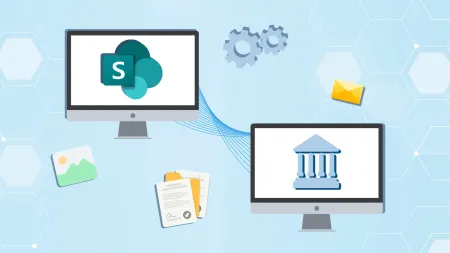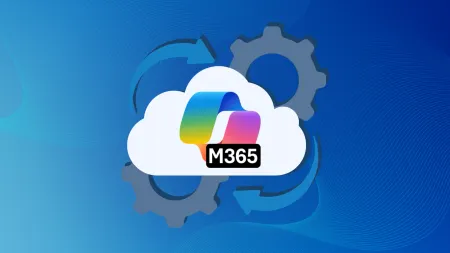Azure Migration Challenges Moving ASP.NET Apps to Azure
As the secondlargest public cloud behind AWS Microsoft Azure remains one of the most popular public clouds especially among enterprises According ...

As the second-largest public cloud behind AWS, Microsoft Azure remains one of the most popular public clouds, especially among enterprises. According to dedicated cloud services provider Rackspace, 65 percent of IT decision makers consider Azure Migration their first choice for a public cloud platform. Most of these professionals, however, agree that three key areas present the biggest potential challenges when running apps on Azure: security, maintenance and the IT skills required for an Azure implementation.
One of the key challenges that organizations face during an Azure implementation is in connection to migrating apps from their respective platforms to Azure. Azure currently supports the following application frameworks:
- .Net
- PHP
- Java
- Ruby on Rails
In this article, we will delve into the challenges encountered when migrating apps from ASP.Net to Windows Azure.
Migrating Apps from ASP.Net to Azure
ASP.Net is still a relatively popular Microsoft program that is mostly used for creating dynamic websites and web applications. The first thing that you need to bear in mind when migrating your ASP.Net apps to Azure is that you have to make certain changes to your applications before they can run successfully on the cloud. It’s also equally important to remember that you have to do all the necessary backups before attempting an Azure implementation since it’s not possible to do this in a live environment.
Here are some key challenges you are likely to face when migrating your ASP.Net apps to Azure and how to overcome them.
1. Code required for logging in and debugging
You will discover that once you host your apps in the production environment, it becomes difficult to get a clear view of what’s happening in that environment. To overcome this problem, Azure provides standard log and diagnostic data, but at a price: you have to properly code and configure your app to request and capture the data you need. You will also have to code your app whenever you need to debug.
2. Difficulty migrating data from SQL Server 2008 to SQL Azure
Azure Hosting your applications in SQL Azure, a sub-component of Windows Azure, helps you to easily retrieve your application data. The downside to this, however, is that whereas SQL Azure is fully based on the popular SQL Server 2008 R2, migrating data from SQL Server 2008 to SQL Azure is not easy and straightforward. Thankfully, Microsoft has provided CodePlex, an open-source project-hosting website that allows shared development of open-source software. CodePlex provides adequate tools to migrate your local data to SQL Azure and vice-versa whenever necessary.
3. Files cannot be changed at runtime
Many web applications use Web.Config to store the runtime configuration. This is usually a handy and secure place to store configuration details such as database connection strings. An Azure implementation, however, works quite differently. When you deploy your applications to Windows Azure, the package runs in read-only mode, making it impossible to make changes to your files during runtime. If you need to make any changes to your files after the initial deployment, you should treat them as a re-deployment.
4. ASP.Net session state
ASP.Net supports INProc state, SQL Server or State Server by default to track the state of the user’s behavior. Unfortunately, Windows Azure does not support INProc mode.
Despite these challenges, an Azure implementation still stands out as a number-one choice for public cloud hosting because its powerful IaaS and PaaS platforms allow you to not only store vast amounts of your data in Microsoft’s data centers cost effectively, but also build massively scalable applications and help you grow your business.
Here at Agile IT, we have acquired vast experience in cloud computing and cloud engineering. We are experts at undertaking Azure implementations to help your organization take full advantage of Azure Pay-As-You-Go services. By working with your existing IT staff and Microsoft services, such as SQL Server, Windows Server and SharePoint, we can help make Azure a seamless and customizable cloud platform for your organization. Learn more about our Azure database migration service, or if you have any questions, please contact us today.





